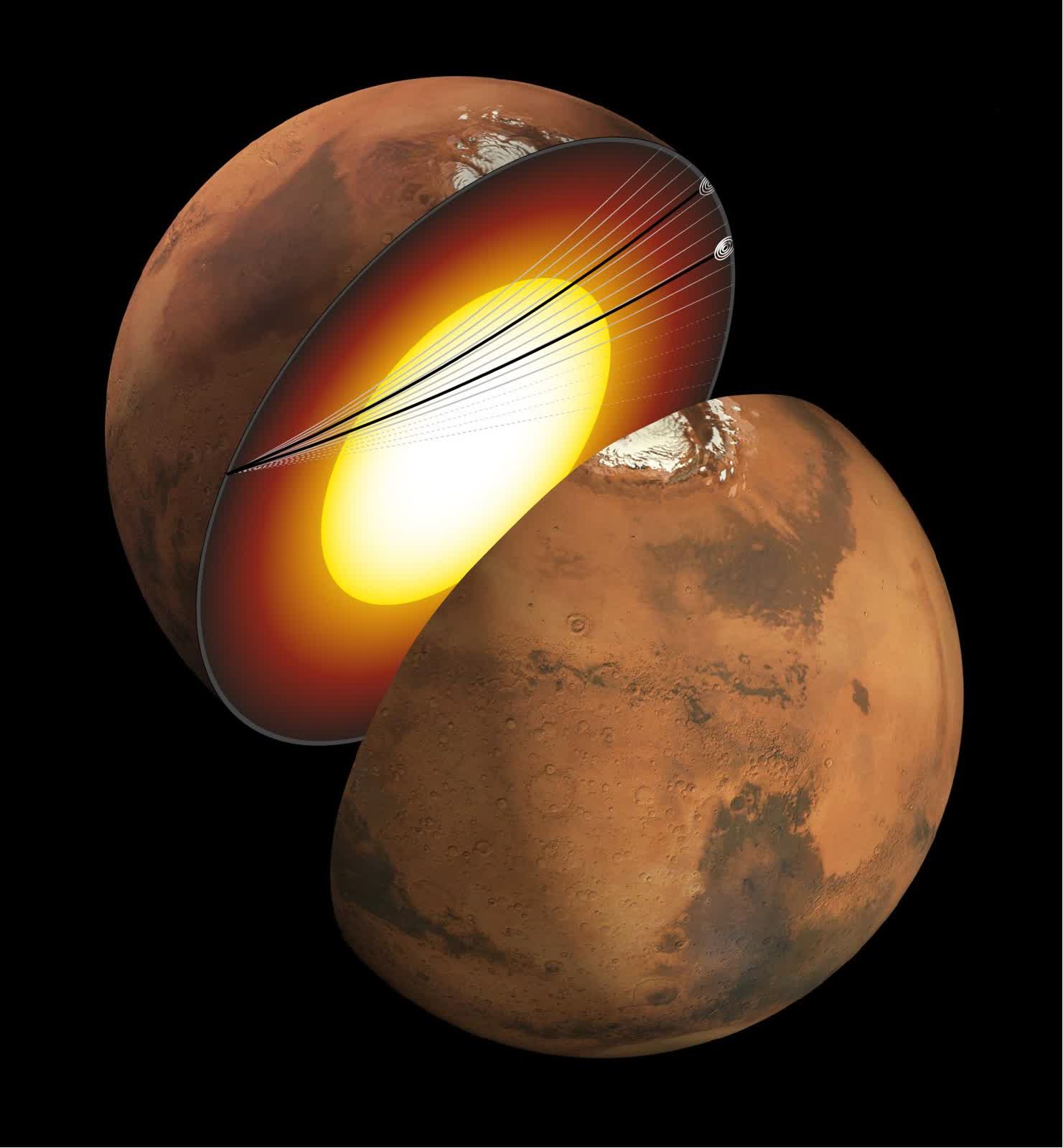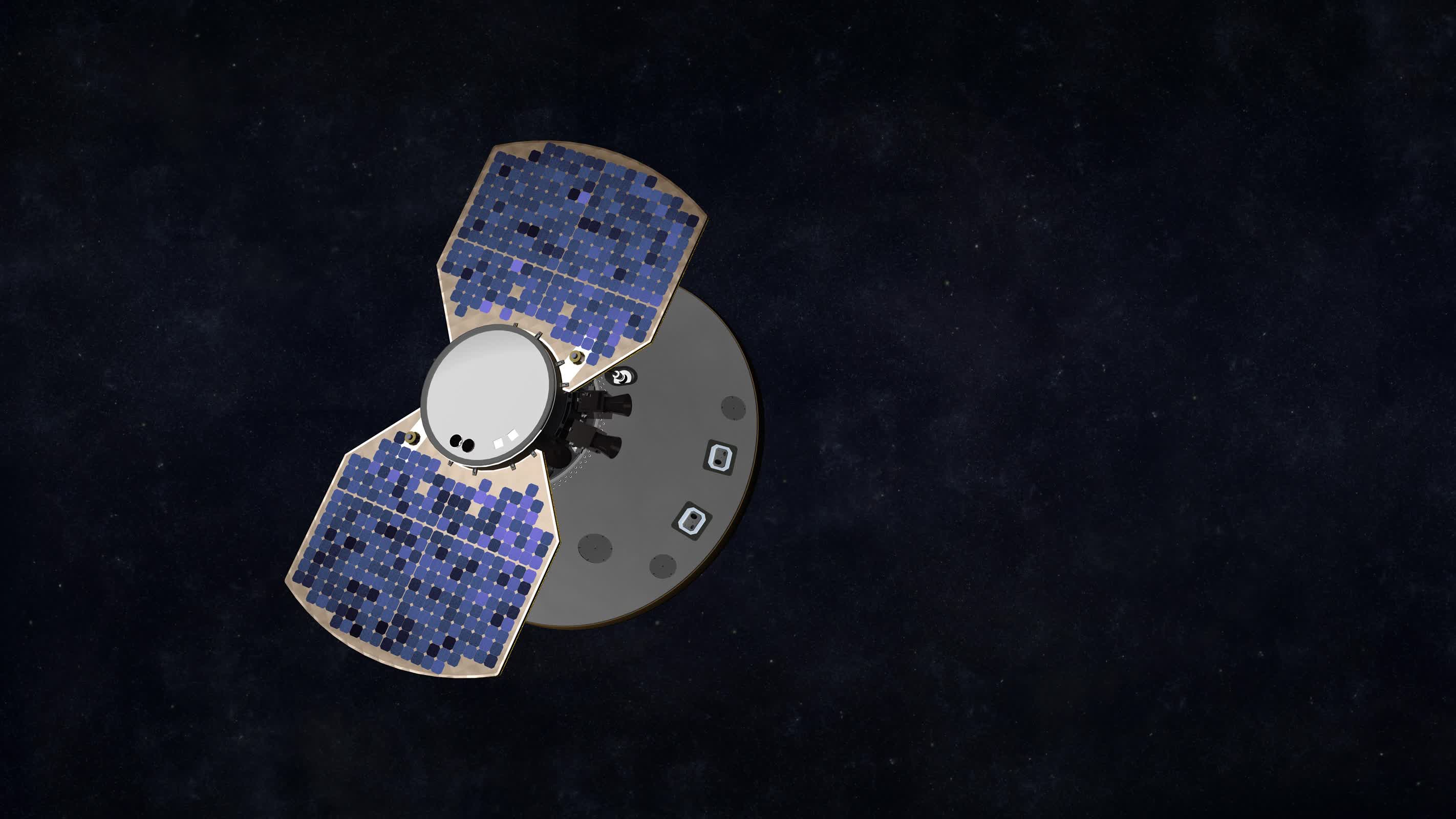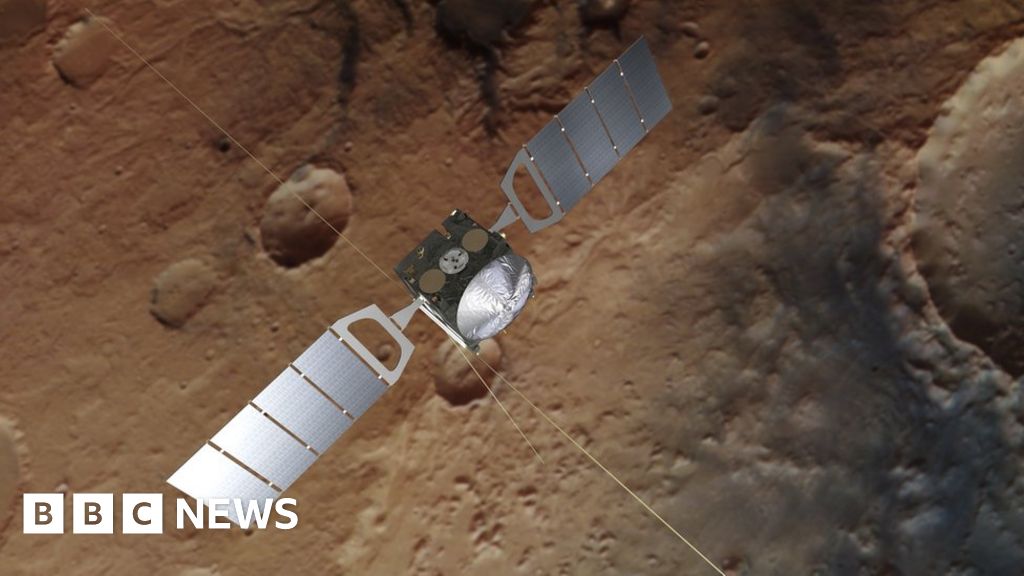Why it matters: The dream of colonizing Mars has captivated everyone from billionaires and planetary scientists to Star Trek fans. However, a significant practical challenge to this vision has been the Red Planet's scarcity of accessible water resources. Recently, the discovery of water reserves on Mars has both excited and frustrated enthusiasts, as these reserves are located deep within the planet's crust. Establishing Martian colonies will have to wait until scientists develop a method to access this crucial resource.

In a new discovery, scientists have reported the presence of a significant reservoir of liquid water deep within Mars' crust, marking the first time this vital resource has been detected on the Red Planet. While frozen water at the poles and atmospheric vapor were previously known, this finding opens new doors in our understanding of Mars' hydrological history and potential for harboring life.
This conclusion is based on a new examination of data collected by NASA's Mars InSight Lander, which touched down on the Martian surface in 2018.
The reservoir is located in tiny cracks and pores in the rock, between 7 to 13 miles below the surface. This depth makes it challenging to access, even with advanced drilling technology. "Drilling a hole 10km deep on Mars – even for [Elon] Musk – would be difficult," Prof Michael Manga from the University of California, Berkeley told BBC News.
The InSight lander was sent to Mars by NASA in 2018 with the goal of investigating the planet's crust, mantle, core, and atmosphere. During its mission, which concluded in December 2022, the lander recorded invaluable information about Mars' interior, including the thickness of the crust, the depth and composition of the core, and details about the mantle's temperature.

The lander was equipped with a seismometer that captured vibrations from Mars quakes, meteor impacts, and volcanic activity, all of which helped geophysicists probe the planet's interior.
Throughout its four-year mission, the InSight lander had been monitoring "the pulse of Mars" with the probe detecting over 1,319 quakes. By analyzing the speed of seismic wave travel, scientists were able to determine the types of materials the waves were likely passing through.
Scientists employed a mathematical model of rock physics, similar to those used on Earth for mapping underground aquifers and oil fields, to interpret the seismic data from Insight. "These are actually the same techniques we use to prospect for water on Earth, or to look for oil and gas," explained Manga.
The analysis suggested that the seismic waves traveled through a deep layer of fractured igneous rock saturated with liquid water. Igneous rocks, formed from cooled magma, are analogous to the granite found in the Sierra Nevada.
The discovery sheds light on Mars' geological history and the fate of its once-abundant surface water. The planet previously experienced a wet climate, characterized by river channels, deltas, and lake deposits, suggesting that liquid flowed on its surface over 3 billion years ago. However, after Mars lost its atmosphere, these resources vanished.
Researchers have deployed numerous probes and landers to Mars to explore what happened to the water, as the frozen deposits in the polar ice caps do not fully account for its disappearance. It had been believed that much of the water had escaped into space. The new findings suggest that instead of escaping, a significant portion of the water filtered down into the crust, forming the discovered reservoir
"Understanding the Martian water cycle is critical for understanding the evolution of the climate, surface and interior," said Dr. Vashan Wright from UC San Diego.
The researchers expect that similar reservoirs may exist across the planet, potentially holding enough liquid water to cover Mars' surface to a depth of more than half a mile.
All of this raises intriguing possibilities in the search for extraterrestrial life on Mars. Conceivably, the reservoir could sustain life, similar to how deep mines and ocean bottoms host life on Earth.
"Without liquid water, you don't have life," said Manga.
Wright, alongside colleagues Manga and Matthias Morzfeld of Scripps Oceanography, detailed their analysis in a paper that is appearing in the journal Proceedings of the National Academy of Sciences.
Scientists uncover large liquid water reservoir deep in Mars' crust
